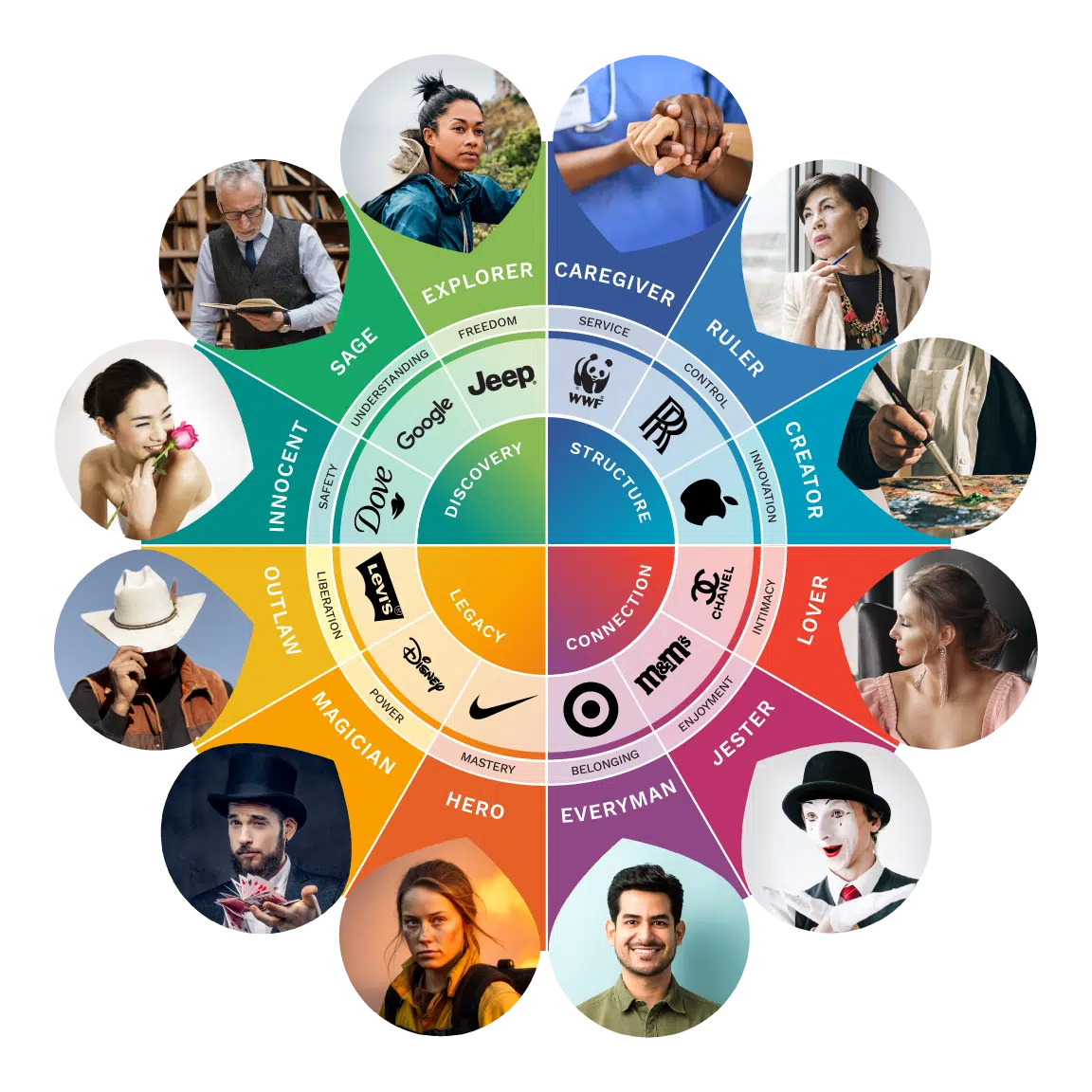Let’s be real… your brand already has a voice.
But if you asked five team members (or your AI assistant) to write a quick paragraph about what you do and why it matters… would the words line up?
Would it sound like you?
If you’re cringing a little, you’re not alone.
In over 18 years of brand strategy work, we’ve never had a client show up with a working brand lexicon.
Not once.
Okay, fine, there was one. She had a “word bank,” but she told us right away it was totally outdated and didn’t reflect the direction she was pivoting toward.
Here’s the thing:
Your words are your brand’s bridge to connection. But most teams are winging it by using outdated phrasing, inconsistent tone, or relying too heavily on “whatever sounds good in the moment.”
That’s a problem when you’re trying to build trust at scale.
So let’s fix it.
What Is a Brand Lexicon?
A brand lexicon is more than just a “list of words we like.”
It’s a living, shared document used by your team (human and AI) to maintain consistency, clarity, and emotional resonance across all communication.
It includes things like:
- Core brand phrases and tagline language
- Client testimonial snippets and quotes
- Words and metaphors you want to be known for
- Pain points and emotional phrases your audience uses
- Words and phrases you’ve retired or want to avoid
- Instructions on tone, cadence, and language boundaries
Think of it as your brand’s internal style guide meets empathy map, built from actual language your clients use and respond to.
Why It Matters
When you start capturing and using the right words (the ones that reflect your client’s internal dialogue) everything shifts.
Headlines connect faster.
Email open rates climb.
Your content finally sounds like you (even when AI writes the first draft).
Most importantly… it makes your brand feel like it gets them.
This is emotional resonance on demand.
How We Use Ours (And You Can Too)
At Left Right Labs, our brand lexicon is open daily.
We use it in:
- Copy briefs
- Social content
- Quiz and masterclass materials
- Client project delivery
- Touchpoints
- AI prompting and outputs
It’s even pinned to my browser.
If a client says something juicy or deeply on-brand during a call, I drop it in right then and there.
And every now and then? I run it through AI to identify trends.
Sometimes a pattern emerges in the emotional language clients use.
Sometimes I spot new positioning opportunities based on how they describe their transformation.
It’s like having a living pulse on your message without needing a full rebrand every six months.
How to Start Your Brand Lexicon Today
You don’t need anything fancy.
Open a Google Doc. Name it “Brand Lexicon.”
Done.
Start with 3 sections:
- Words/Phrases We Use Often
Think about what shows up in your marketing already. Things like “clarity,” “alignment,” or “real results” might belong here. - Client Quotes and Testimonials
Pull actual phrases from client feedback. Especially the emotional ones. (“I finally feel confident putting myself out there” is gold.) - Say This / Not That
List out what to say and what to avoid.
Example: Say “Brand Soul,” not “Brand Identity.” Say “Get Clear, Get Noticed, Get Paid,” not “maximize brand awareness.”
That’s it.
You’ll shape and sort more sections over time, but don’t overthink it. The key is to start capturing language now.
Want to Go Deeper?
Inside our Brand Soul Masterclass, we walk you through how to build a foundational brand lexicon that becomes your communication cheat code.
This isn’t fluff. It’s the stuff that makes your messaging land… with your team, your clients, and the algorithms.
Because the right words don’t just describe what you do.
They create instant connection.

